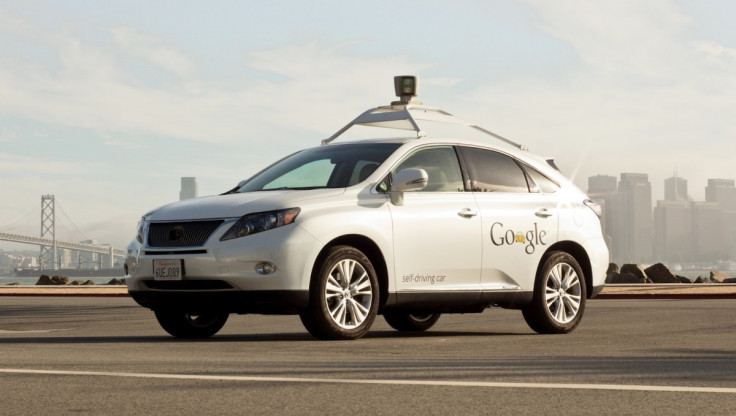Google reports first injuries to passengers travelling in self-driving car

The first injuries involving a self-driving car have been reported by Google, following almost 2m miles of testing on public roads.
Three passengers travelling in the self-driving car were taken to hospital to be treated for minor whiplash after the vehicle was hit by another car, which experts have blamed for the incident.
"The Google car was stopped at a traffic light and the human driven car rear ended the car," Daniela Rus, director of Computer Science and Artificial Intelligence Laboratory (CSAIL), told IBTimes UK. "In this case there was nowhere for the google car to go to avoid the accident."
The accident took place in early July in California as part of tests on a self-driving Lexus SUV. A video released by Google shows how the self-driving car came to a standstill in traffic at an intersection before being rear-ended by another driver.
"Our self-driving cars are being hit surprisingly often by other drivers who are distracted and not paying attention to the road. That's a big motivator for us," Chris Urmson, principal engineer for Google Self-Driving Cars, wrote in a blogpost.
"The most recent collision, during the evening rush hour on 1 July, is a perfect example... After we'd stopped, a car slammed into the back of us at 17mph - and it hadn't braked at all."
Urmson revealed that Google's cars have been involved in 14 accidents in total since the start of the project in 2009, though the self-driving car has never been the cause of the collision.
This statistic suggests that self-driving cars are safer than those driven manually by humans, according to Urmson, which can be accounted for by the fact that the algorithms used to drive the car do not get tired, irritable or distracted.
Sheila Klauer of the Virginia Tech Transportation Institute claims that driver distraction is one of the biggest issues for road safety.
Klauer wrote in the 2008 book Traffic: Why We Drive the Way We Do: "[People] drive as if the world is a television show viewed on TiVo that can be paused in real time – one can duck out for a moment, grab a beer from the fridge, and come back to right where they left off without missing a beat."
© Copyright IBTimes 2025. All rights reserved.






















